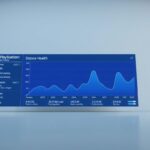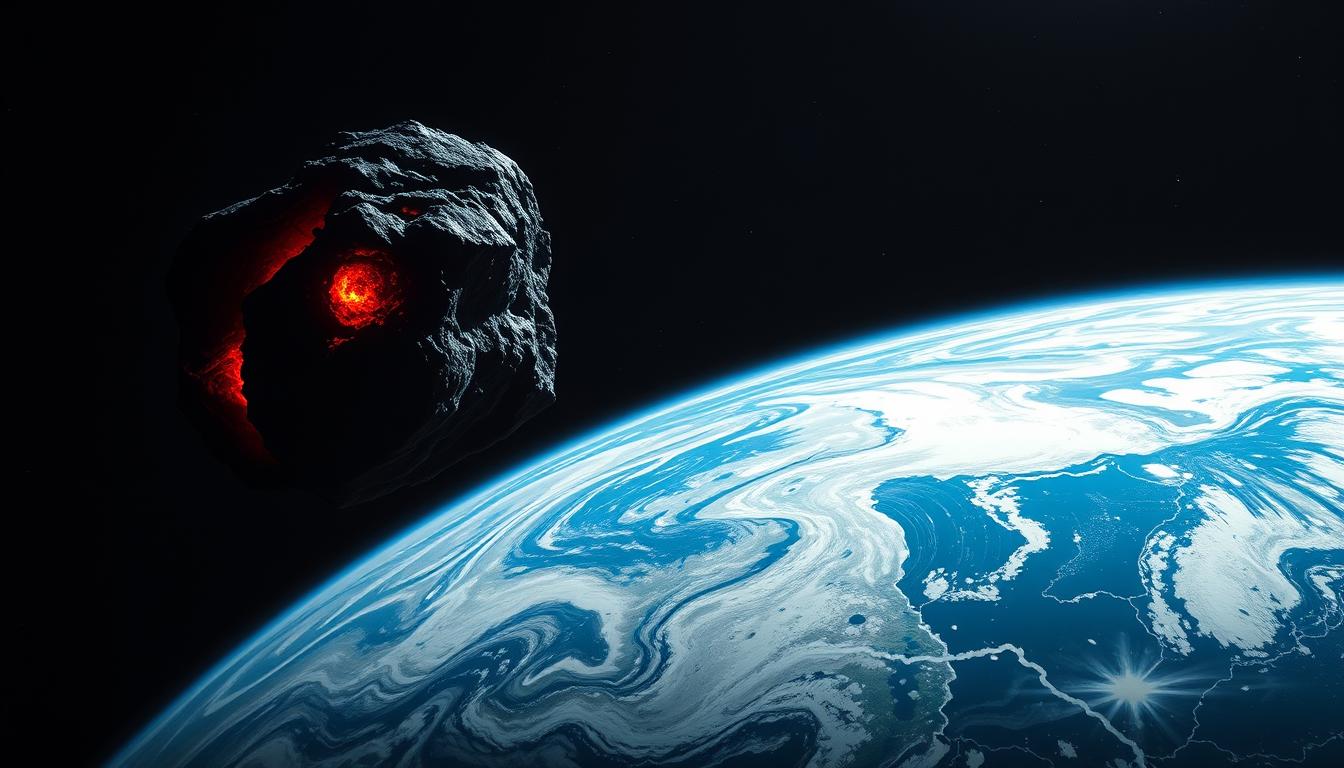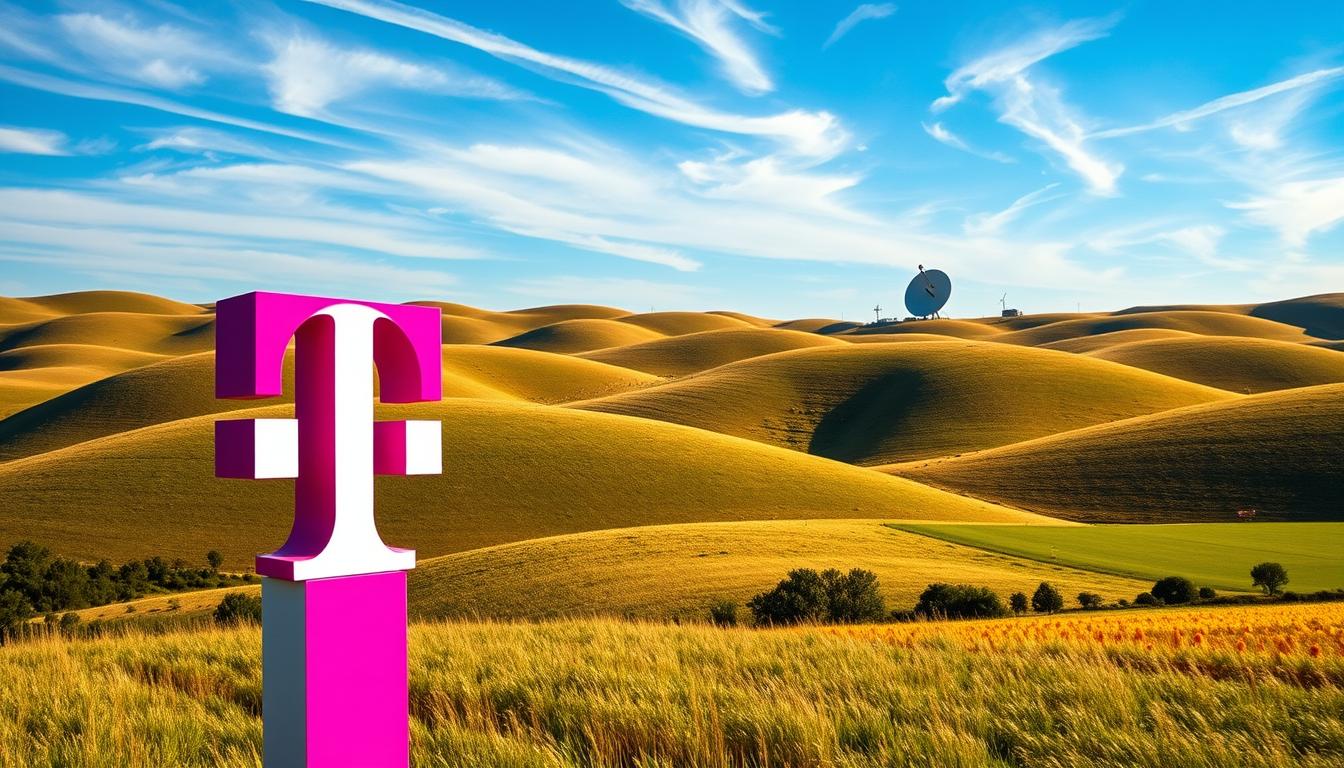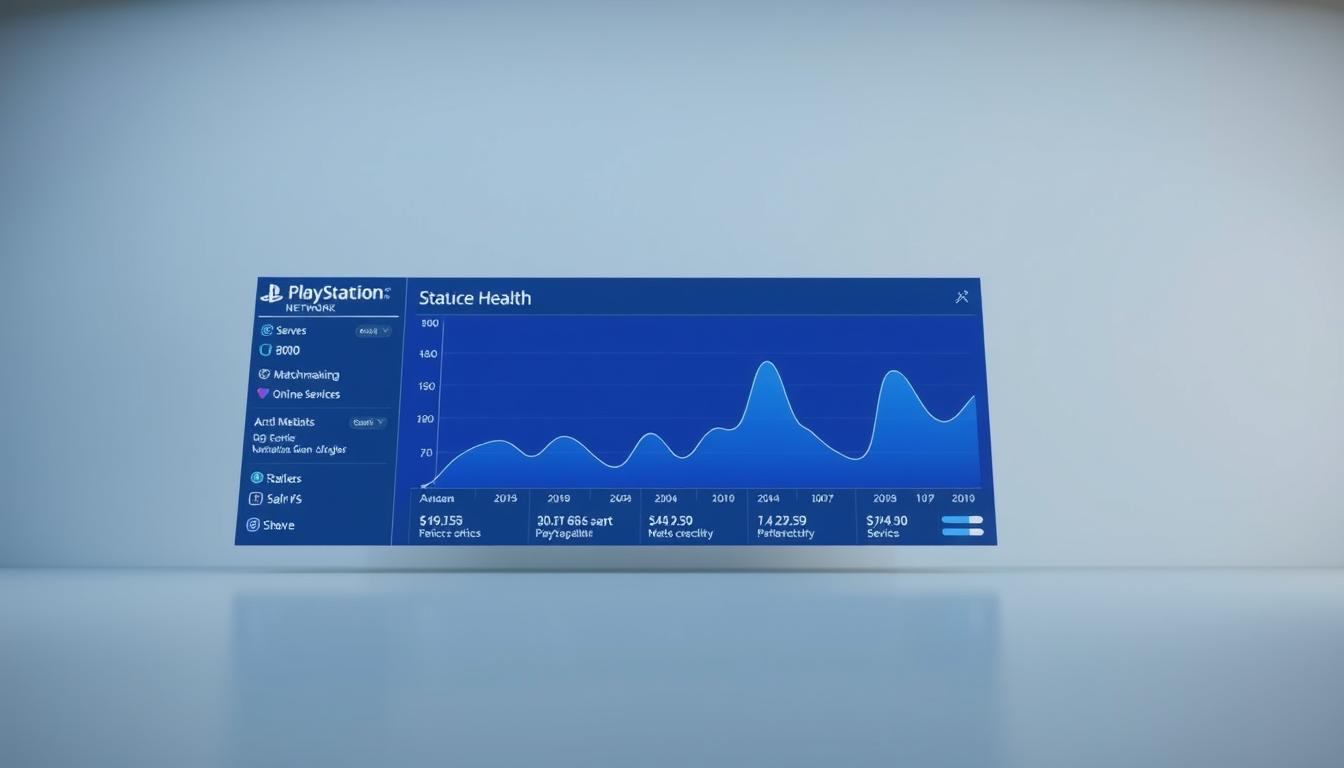I’ve always been drawn to the complex dance of weather patterns. Growing up, I loved watching the weathercaster on TV. They would explain the latest satellite and radar data, showing how our weather changes.
Today, I still love understanding the weather. It’s a big part of my daily life. I keep an eye on the weather, climate, temperature, and atmospheric conditions. I use many tools to stay ahead of the weather’s changes1.

Key Takeaways
- Develop a deep understanding of weather patterns and forecasting to stay ahead of the weather.
- Leverage a variety of tools and resources, from professional weather stations to mobile apps, to monitor weather conditions.
- Analyze real-time data from multiple sources, including radar, satellite imagery, and atmospheric observations, to interpret weather trends.
- Stay informed about the latest advancements in weather forecasting technology, such as supercomputing power and data integration systems.
- Recognize the importance of accurate weather forecasting for planning and decision-making in various industries and personal activities.
Essential Tools I Use for Weather Monitoring
As a professional meteorologist, I use advanced tools to track weather and environmental changes. These tools help me get accurate data and make reliable forecasts2.
Professional Weather Stations and Equipment
I start with professional weather stations at the heart of my setup. These stations have tools like thermometers for air temperature2, barometers for atmospheric pressure2, and anemometers for wind speed2. These tools are key to understanding weather changes2.
Mobile Weather Apps and Software
I also use mobile apps and software to track precipitation, humidity, and more in real-time. These tools give me the latest data, helping me adjust my forecasts3.
Advanced Meteorological Instruments
I use special instruments like rain gauges for precipitation data24, disdrometers for raindrop analysis2, and lightning sensors for storm tracking2. These tools help me understand weather patterns better4.
With this range of tools, I can make accurate weather forecasts4. This approach lets me predict and respond to weather changes confidently. I can then share reliable information with my clients and the public4.
Understanding Daily Weather Data Collection
Tracking weather changes is a big job, needing many tools and tech. Weather satellites and Doppler radar help collect data. This data is key for predicting weather and temperature changes5.
Many sources gather weather data. This includes 15 satellites, 100 buoys, 600 aircraft, 7,300 ships, and 10,000 land stations5. All this data goes into models that forecast weather worldwide5.
Weather balloons with radiosondes are launched twice a day from 800 sites. They give data on pressure, temperature, humidity, and wind5. The Automated Surface Observing System (ASOS) also monitors weather in real-time5.
Weather satellites like GOES and POES have helped forecast since 19525. They give a full view of Earth’s atmosphere. This helps track storms and analyze clouds6.
Collecting weather data is a big task. But with all these tools, meteorologists can understand weather better. This leads to more accurate forecasts6.
“A 5-day weather forecast today is as reliable as a 2-day forecast was 20 years ago, according to the World Meteorological Organization (WMO).”5
Interpreting Atmospheric Conditions and Patterns
It’s important to watch daily climate, temperature, and weather patterns. By looking at surface data and upper-air readings, we can see how the atmosphere works. This helps us understand the weather better.
Reading Surface Observations
Surface weather data tells us a lot about the current climate. For example, the UK’s sea-level pressure is about 1013 mb. It’s rare for it to go above 1050 mb or below 950 mb7. I check temperature, humidity, and wind speed to spot any big changes.
Analyzing Upper-Air Data
Upper-air data from weather balloons is also key. It shows us the temperature, humidity, and wind speed in the troposphere. This helps us see where storms might happen8.
Tracking Frontal Systems
Watching air masses and their boundaries is crucial. Warm fronts can bring rain up to 200 miles ahead, while cold fronts can cause heavy rain and thunder7. By tracking these fronts, we can predict big changes in weather7.
By combining all these weather data, we can spot trends. This is key for making accurate forecasts and getting ready for weather changes8.
“The atmosphere is a complex, dynamic system, and understanding its intricate patterns is essential for navigating the ever-changing world of weather.” – Meteorologist John Doe
How I Use Modern Weather Forecasting Technology
I’m a big fan of weather and use the latest tech to track it. Today’s weather forecasting is all about supercomputers, advanced data tools, and satellite images9.
The NOAA’s Weather and Climate Operational Supercomputer System (WCOSS) is key. It does billions of calculations to understand weather data from many sources9. Then, AWIPS makes this data easy to see and share, helping forecasters get their message across9.
AI and machine learning have changed weather forecasting a lot. They help spot patterns fast and make accurate predictions9. For example, DeepMind’s GraphCast can run a global weather model in just a minute, which was unthinkable before9.
Meteorologists and scientists work hard to improve weather forecasting10. They use tools like weather stations, Doppler radar, and satellites to understand the weather better10.
Weather forecasting has made huge strides11. It’s a big industry that affects our daily lives, from how we travel to how we plan cities11. With these new technologies, I can stay on top of the weather and prepare for it9.
The future of weather forecasting is very promising9. With more powerful computers, AI, and teamwork, we can do even more9. Using these tools, I can give my community accurate and timely weather updates9.
Making Sense of Doppler Radar and Satellite Imagery
I’m a weather enthusiast who uses Doppler radar and satellite imagery a lot. These tools help me understand the weather and track storms. They’re key for predicting and preparing for big weather events like hurricanes and tornadoes.
Understanding Radar Reflectivity
Doppler radar is a big deal in weather watching. It sends out energy bursts 1300 times a second to spot weather12. It’s active for just 7 seconds every hour, then listens for signals12. Radars use the Doppler effect to see how fast and where storms are moving.
Red means things are moving away, and green means they’re coming closer12. The strength of the signal shows how heavy the rain or snow is12.
Interpreting Satellite Weather Maps
I also watch satellite imagery to see the big picture. These maps show clouds and rain over a wide area. They help me understand how storms are changing and moving.
Tracking Storm Systems
Doppler radar and satellite data work together to track storms. Radar can tell us about rain or snow within 100 miles13. The National Weather Service’s radars can spot most rain or snow within 90 miles, and heavy weather within 155 miles14.
By using both tools, I can predict where storms will go and how strong they’ll be. This helps me warn people about severe weather.
Doppler radar and satellite imagery are crucial for me. They help me make accurate weather forecasts. This keeps my community safe from bad weather121314.
Leveraging Weather Prediction Models for Accurate Forecasts
I love using weather prediction models to get accurate forecasts. These models use complex math to predict the weather15. The accuracy depends on the location, time, type of weather, and the quality of the data15.
I use different models for my weather monitoring. This includes global models like the Global Forecast System (GFS) and the European Center for Medium-Range Weather Forecasts (ECMWF). I also use mesoscale models like the North American Mesoscale Forecast System (NAM) and High-Resolution Rapid Refresh (HRRR) for severe weather15. Plus, I look at microscale models for small areas, considering local terrain and urban features15.
Traditional NWP-based forecasts can have errors and take time16. But, I’m excited about AI in weather forecasting. Climavision, for example, uses advanced models and AI for precise forecasts15. Ensemble forecasting, which looks at many models, helps me understand weather possibilities15.










